Affiliate links on Android Authority may earn us a commission. Learn more.
Live in a rural area of the US? Here are your best wireless carrier options
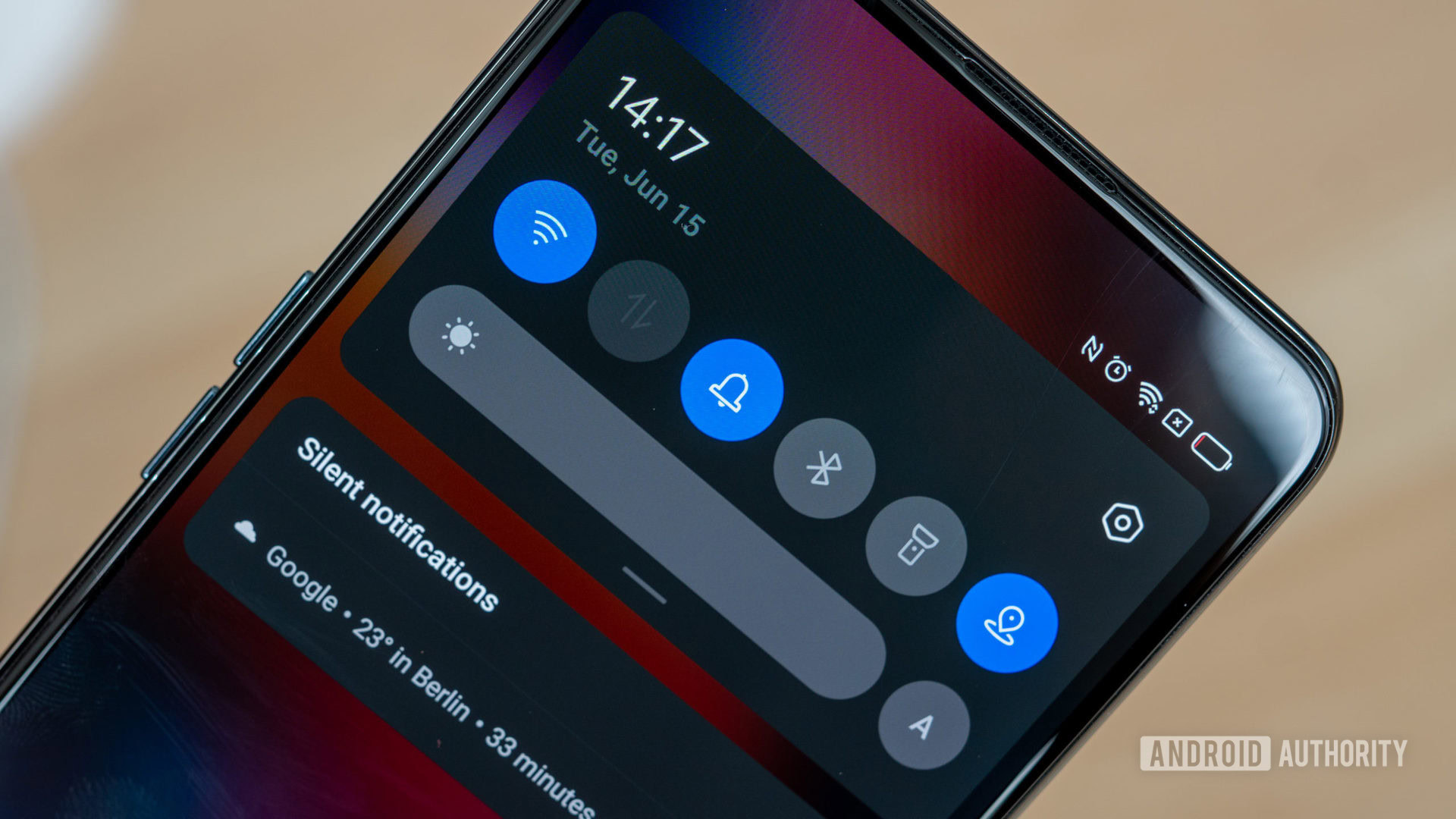
The United States is trapped in a 5G arms race between the Big Three carriers. Each is implementing its own 5G technology in different territories at its own rate, so the race is far from over. However, 5G coverage isn’t nearly as far-reaching as 4G LTE as of right now. It’s mainly limited to major cities and populated areas, leaving rural communities with fewer options. With that in mind, let’s take a look at the best rural carriers available in the US.
While Verizon, AT&T, and T-Mobile are fighting over who has the best 5G network in the States, millions of Americans are still hoping for more reliable 4G. So, if you are one of the many Americans living in a rural area outside of the country’s major cities, here is how the top three carriers stack up.
Best rural coverage
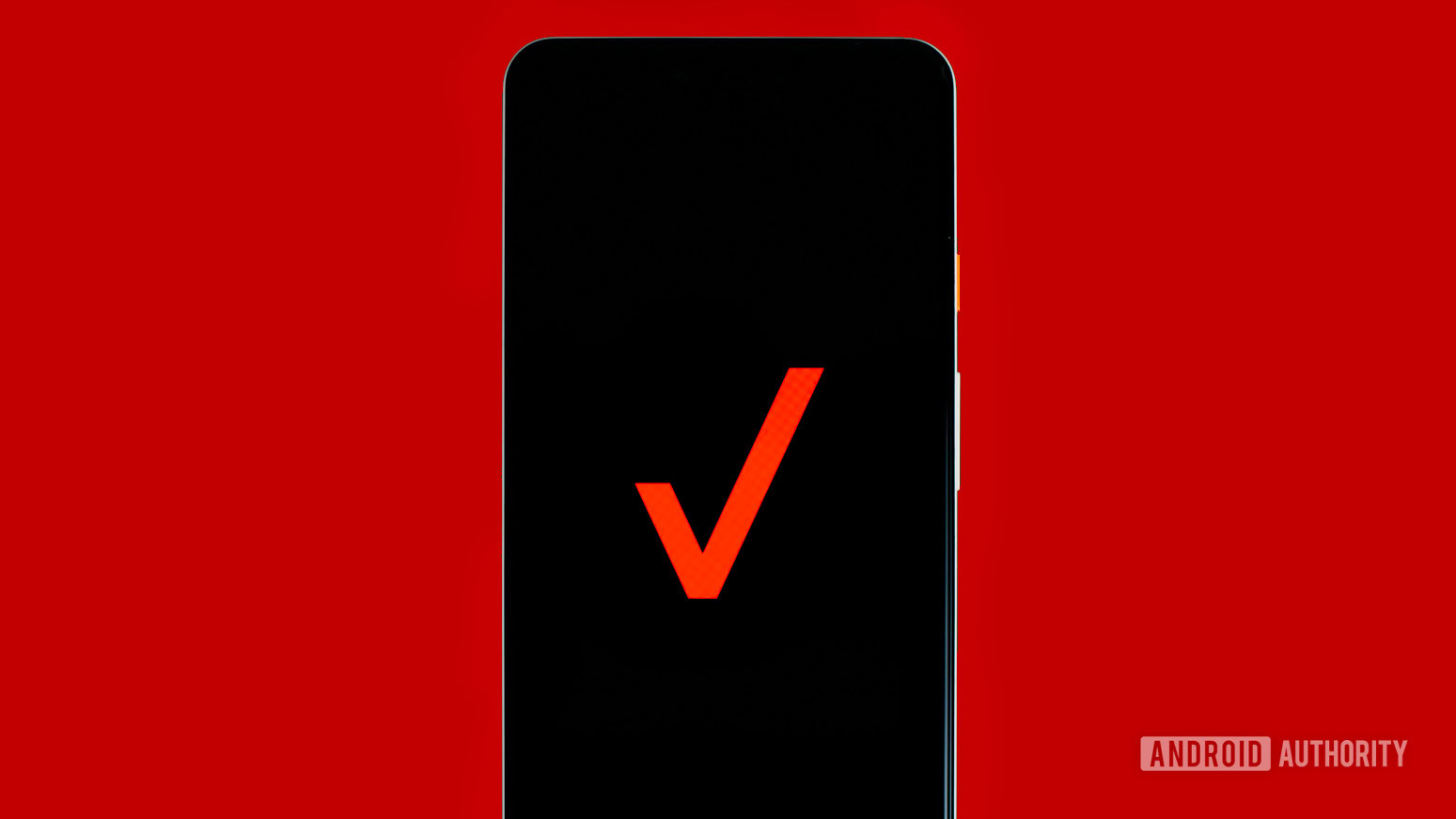
Fast data is great as long as you can get it, but what if you want to stay connected? In a survey conducted throughout 2019, OpenSignal split the United States’ rural territory into three categories: fringe, distant, and remote — and connectivity is probably high on your priorities if you fall into any such group.
If you only look at 4G availability, Verizon takes the cake. Customers in remote areas spend no less than 83.5% of their time on average within 4G coverage, while customers in fringe areas spend more than 95% of their time connected to 4G.
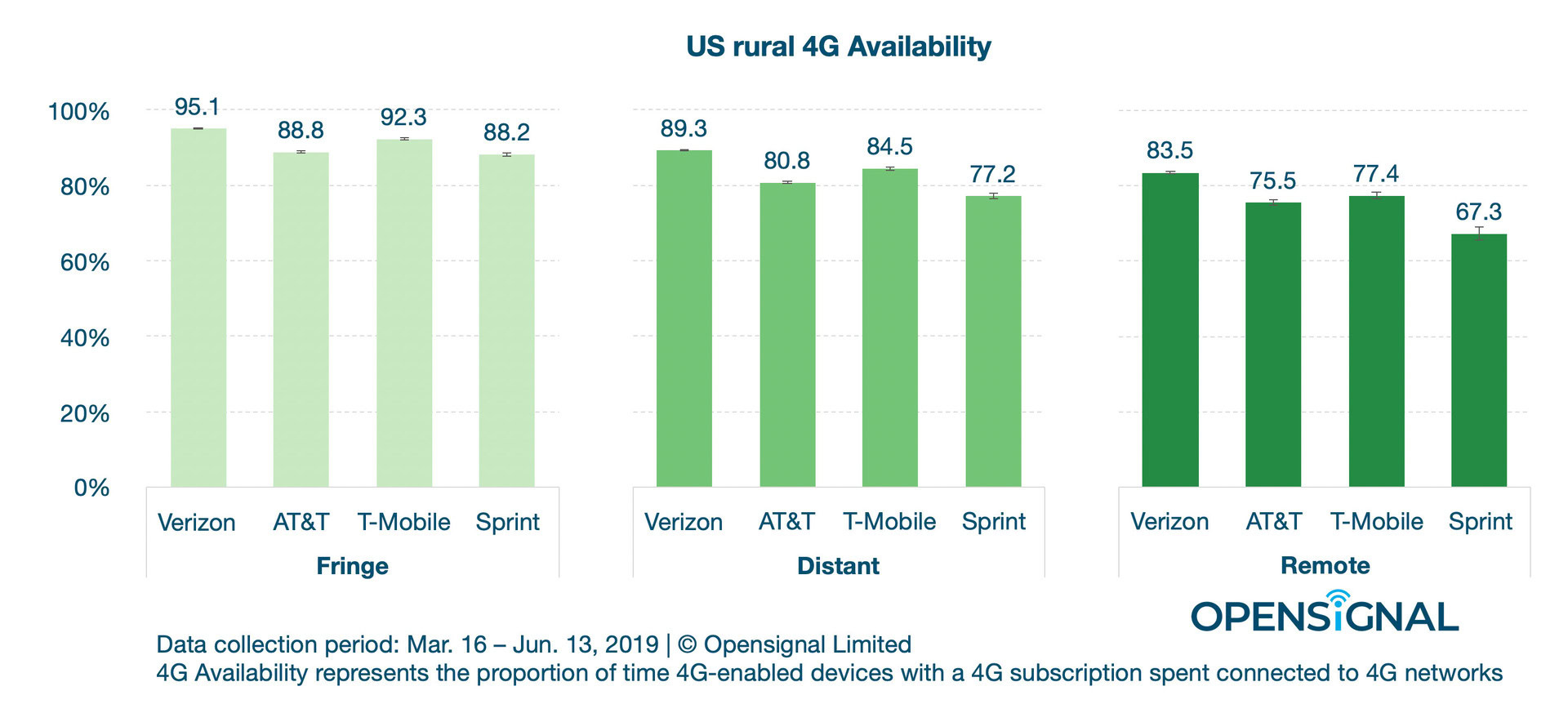
T-Mobile captures the silver medal, with rural customers spending 77.4% to 92.3% of their time connected to 4G. AT&T comes in third with an average connectivity time ranging from 75.5% to 88.8%. Sprint brought up the rear when OpenSignal conducted its study, though it’s now part of the T-Mobile umbrella.
OpenSignal says that many rural Americans will still have to wait several years before seeing 5G connectivity. However, WhistleOut has been tracking the growth of 5G carefully over the past year or so. T-Mobile offers the best 5G range, covering about 41% of the United States. Verizon’s low-band (Nationwide) network covers about 11% of the country, and AT&T’s low-band network is slightly ahead at 18%.
All of that is to say that you probably won’t find low-band coverage the further you venture into the rural United States, but T-Mobile is your best bet if you hope to give 5G a try. WhistleOut also offers a state-by-state breakdown of your best coverage options. Its long table runs through the best 4G and 3G coverage in each state and the coverage rate for each state. Check out the table here.
If you have specific questions about your local coverage, you can also use Signal Checker to browse by zip code.
Fastest rural speeds
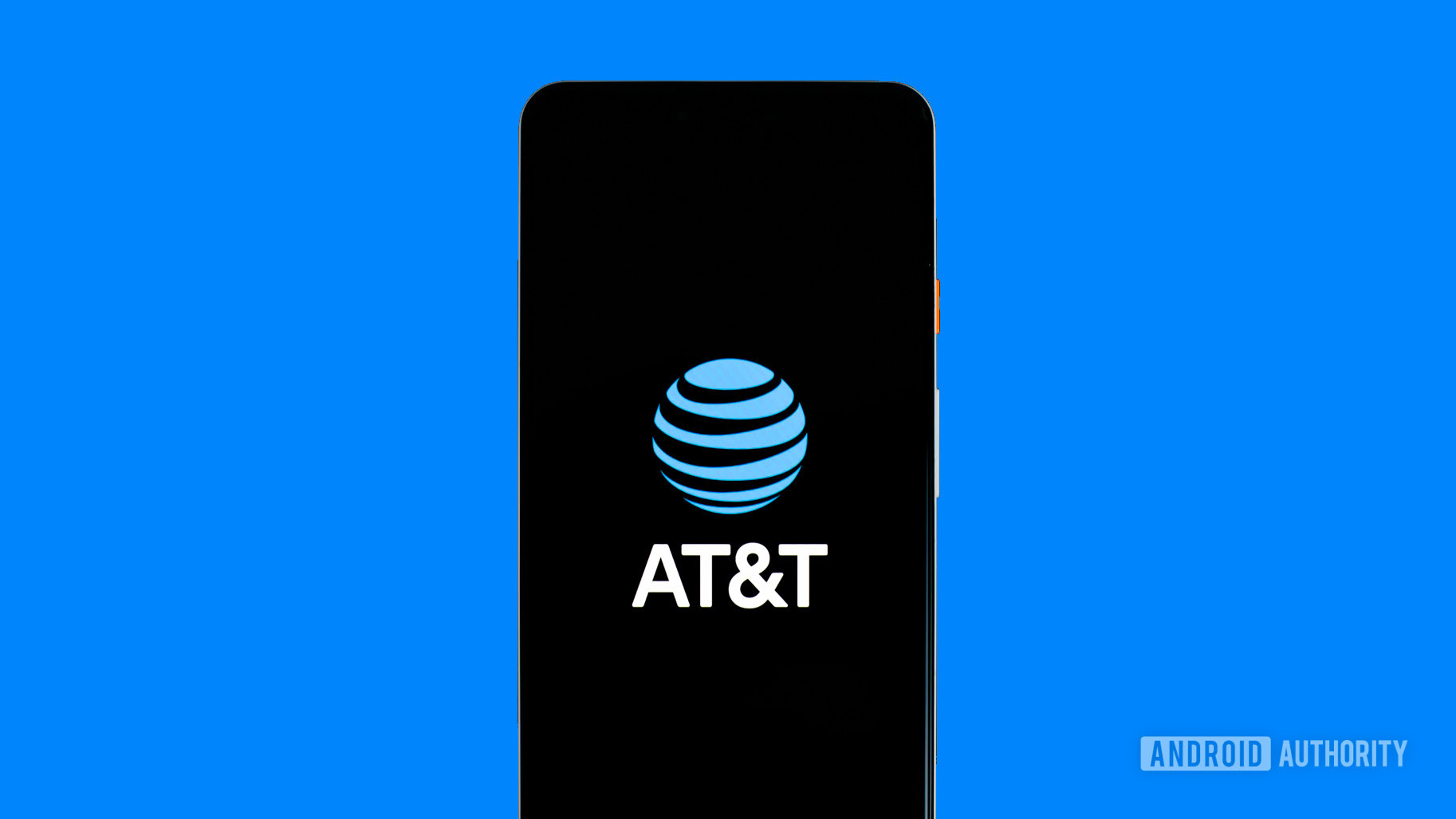
Availability is important but what if the network is so slow that you want to pull your hair out? Does Verizon keep the crown, or is there room for other carriers to inch back into the picture?
AT&T has the leg up as far as download speeds and latency are concerned, but T-Mobile is hot on its tail. Though Verizon comes in third for download speeds, it has the fastest upload speeds, with T-Mobile coming in second. Sprint again comes in last, though it still doesn’t matter as the network is no more.
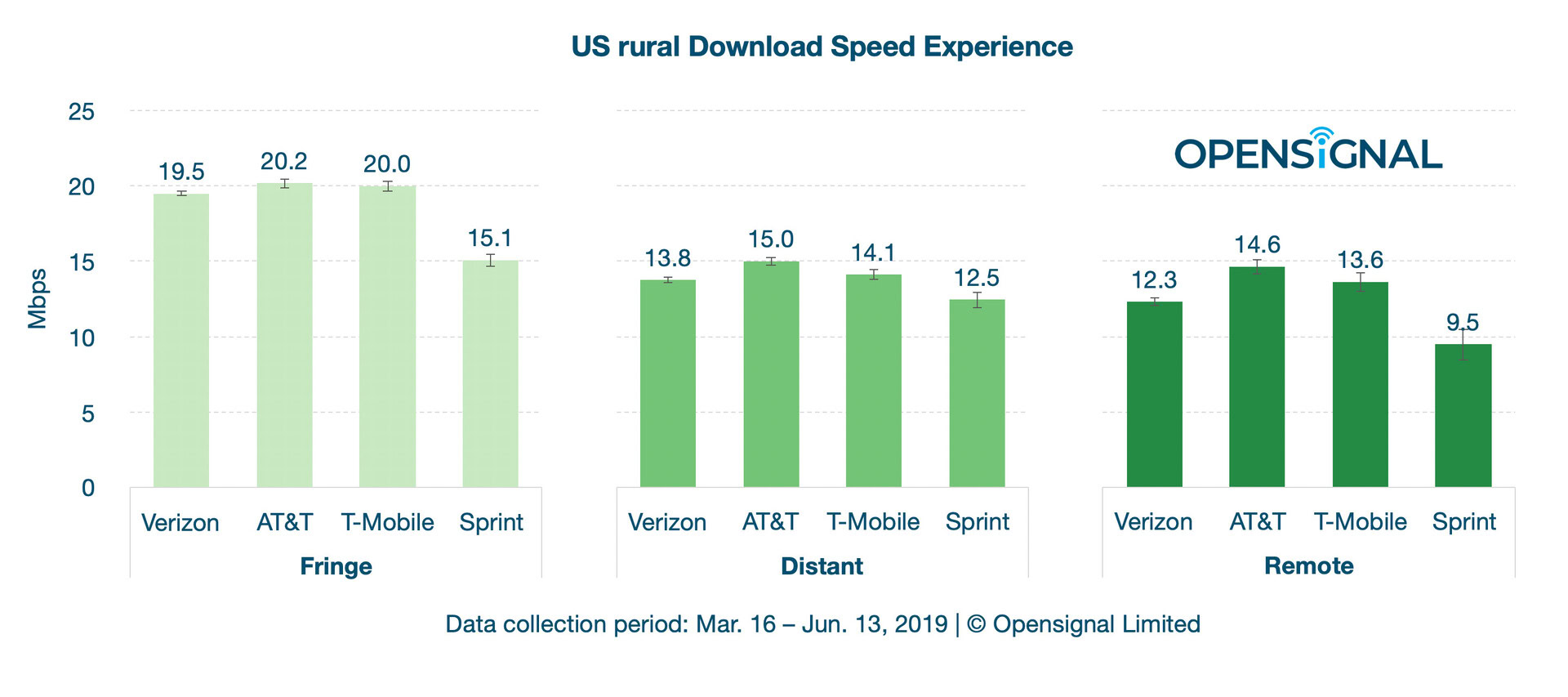
For obvious reasons, download speeds degrade as you get further from densely populated areas, but AT&T’s network remained strongest, ranging anywhere from 14.6Mbps to 20.2Mbps on average. T-Mobile ranged from 13.6Mbps to 20Mbps, Verizon ranged from 12.3Mbps to 19.5Mbps, and Sprint went from 9.5Mbps to 15.1Mbps.
Though upload speeds are significant, they are not as crucial as download speeds. Users will have a better day-to-day experience with the faster download speeds on AT&T’s network. If you need faster upload speeds more than download speeds, Verizon is your best bet.
The best rural carriers
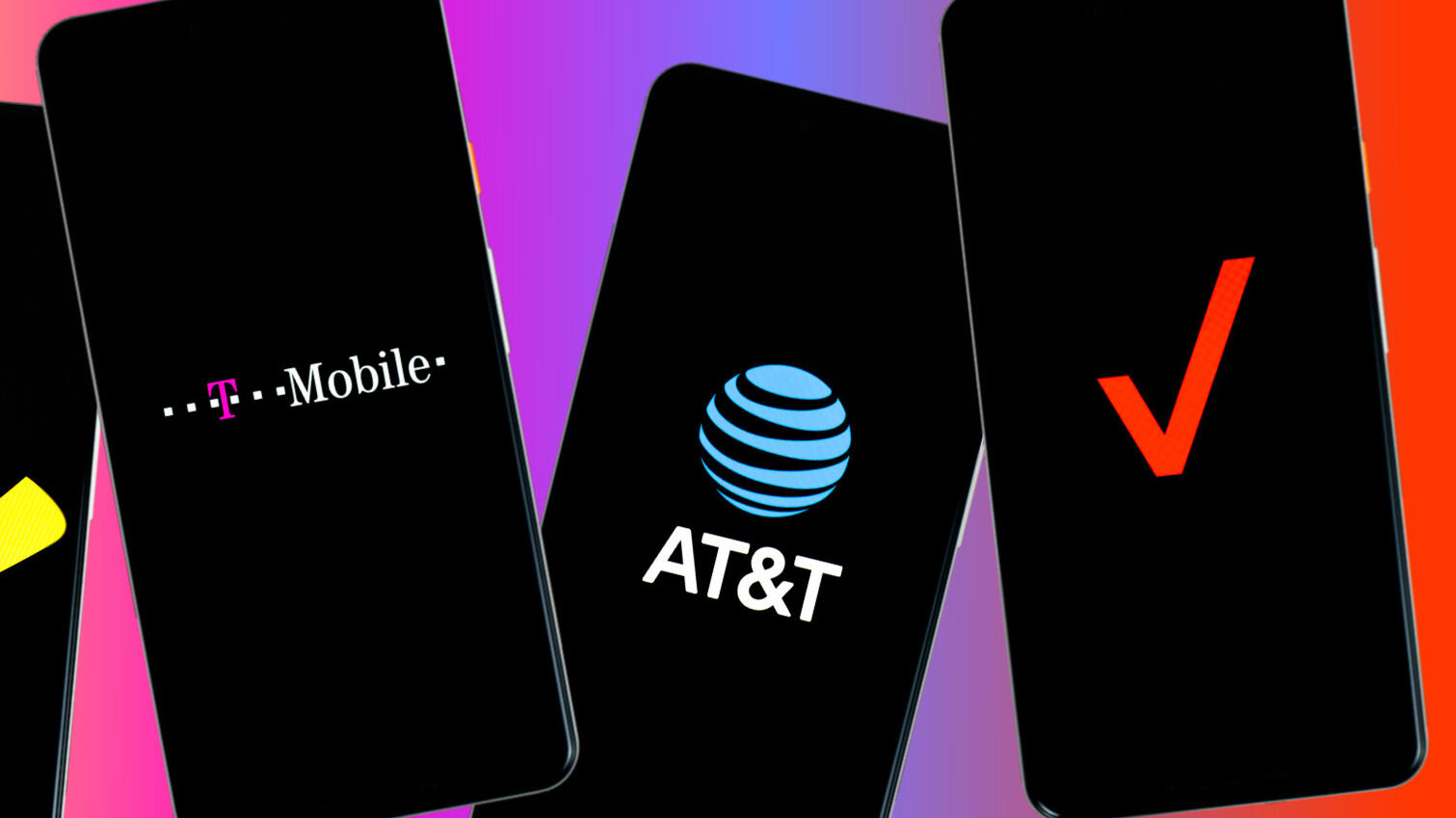
The best rural carrier is the one that meets your needs the most. No carrier is perfect, but some are worse than others. You should always do your research before deciding this. We’ll break down the positives and negatives of each of the big three and offer a few alternatives if you’d rather save some money while you’re at it.
Check out this table for a quick recap of rural coverage while you’re making your decision:
| Verizon | AT&T | T-Mobile | |
|---|---|---|---|
Time spent connected to 4G (%) | Verizon 95.1-83.5 | AT&T 88.8-75.5 | T-Mobile 92.3-77.4 |
Top Download Speeds (Mbps) | Verizon 19.5-12.3 | AT&T 20.2-14.6 | T-Mobile 20.0-13.6 |
Nationwide 4G coverage (%) | Verizon 70 | AT&T 68 | T-Mobile 62 |
Plan cost per line (4 lines) | Verizon Play More - $45 Do More - $45 Get More- $55 | AT&T Unlimited Starter - $35 Unlimited Extra - $40 Unlimited Elite - $50 | T-Mobile Essentials - $26 Magenta - $35 Magenta Plus - $43 |
Verizon
If your primary concern is the most 4G LTE coverage in the United States, Verizon is the way to go. Even remote customers spending over 80% of their time connected to 4G service should be a relief no matter where you live.
Verizon is also a bit cheaper than AT&T, though it’s more expensive than T-Mobile. Be aware you no longer get free perks in 2023, but you can add a bunch of perks like Apple bundle (Music, Apple TV Plus, etc), a Disney/Hulu/ESPN bundle, and more for just $10 a piece. As an unfortunate reminder that you’re looking for a rural carrier, Verizon’s mmWave 5G access is limited to select major cities, though the new Nationwide network has made connection significantly easier for many.
Highlights:
- 4G LTE coverage in 70% of the United States.
- A solid list of perks on all unlimited plans.
Best for:
- Customers with a large budget who want almost guaranteed 4G LTE access.
AT&T
Verizon may have the edge over AT&T regarding a 4G LTE connection, but AT&T’s download service is slightly faster. It’s likely your best bet if you know that AT&T offers a solid blanket of service in your area and you want to pair it with good speeds.
AT&T is also the middle option in terms of pricing — it falls almost perfectly in the middle of Verizon and T-Mobile. It tops Verizon on the 5G front, offering coverage in at least some sections of many midwestern states. Only the top-tier Unlimited Elite plan offers a streaming perk, and it’s HBO Max for all of your Game of Thrones needs. Right now, you also get six months of Stadia Pro at no extra cost.
Highlights:
- Fastest download speeds of the Big Three.
- 5G access in select parts of many states.
Best for:
- Subscribers who want the best speeds and have reliable AT&T coverage in their areas.
T-Mobile
The biggest draw for T-Mobile as a rural carrier is that it’s the most affordable network of the three — but the Sprint merger certainly doesn’t hurt. Its speeds aren’t quite as fast as AT&T’s, and the 4G LTE coverage isn’t as widespread as Verizon’s, but you’ll save $7 to $12 per line over the more expensive carriers.
T-Mobile is also converting Sprint 5G locations into Un-Carrier towers, so the network is constantly growing and evolving. It’ll still be a few years before it completes the process, though, so don’t use 5G as your deciding factor. You’ll also get Netflix and one year of Apple TV+ with the Magenta plans.
Highlights:
- Lowest costs of the Big Three carriers.
- Speeds and connectivity fall right in the middle of Verizon and AT&T.
Best for:
- People on the hunt for a rural carrier that can help them save money.
US Cellular
If you happen to live in the Midwest or a few other extremely rural pockets across the country, you’ll want to consider US Cellular. There are many parts of the US that are underserved by the big three networks. For example, certain sections of Iowa only will work with US Cellular or a roaming agreement on one of the big three networks. For those unaware, US Cellular has its own small network of towers in the midwestern part of the United States. They have both prepaid and postpaid plans and decent roaming agreements so you’ll still have access when traveling to other parts of the country.
If you live in a rural area in any of the following states, US Cellular might be a great fit for you:
- Arkansas
- California (northern rural areas)
- Illinois
- Iowa
- Kansas
- Maine
- Maryland
- Missouri
- Nebraska
- New Hampshire
- North Carolina
- Ohio
- Oklahoma
- Oregon
- Tennessee
- Texas
- Virginia
- Washington
- West Virginia
- Wisconsin
Highlights:
- Has coverage in rural spots that are otherwise without coverage by the big three.
- Speeds and connectivity are similar to the big three networks.
Best for:
- People on the hunt for a rural carrier that can help them save money.
What about MVNOs?
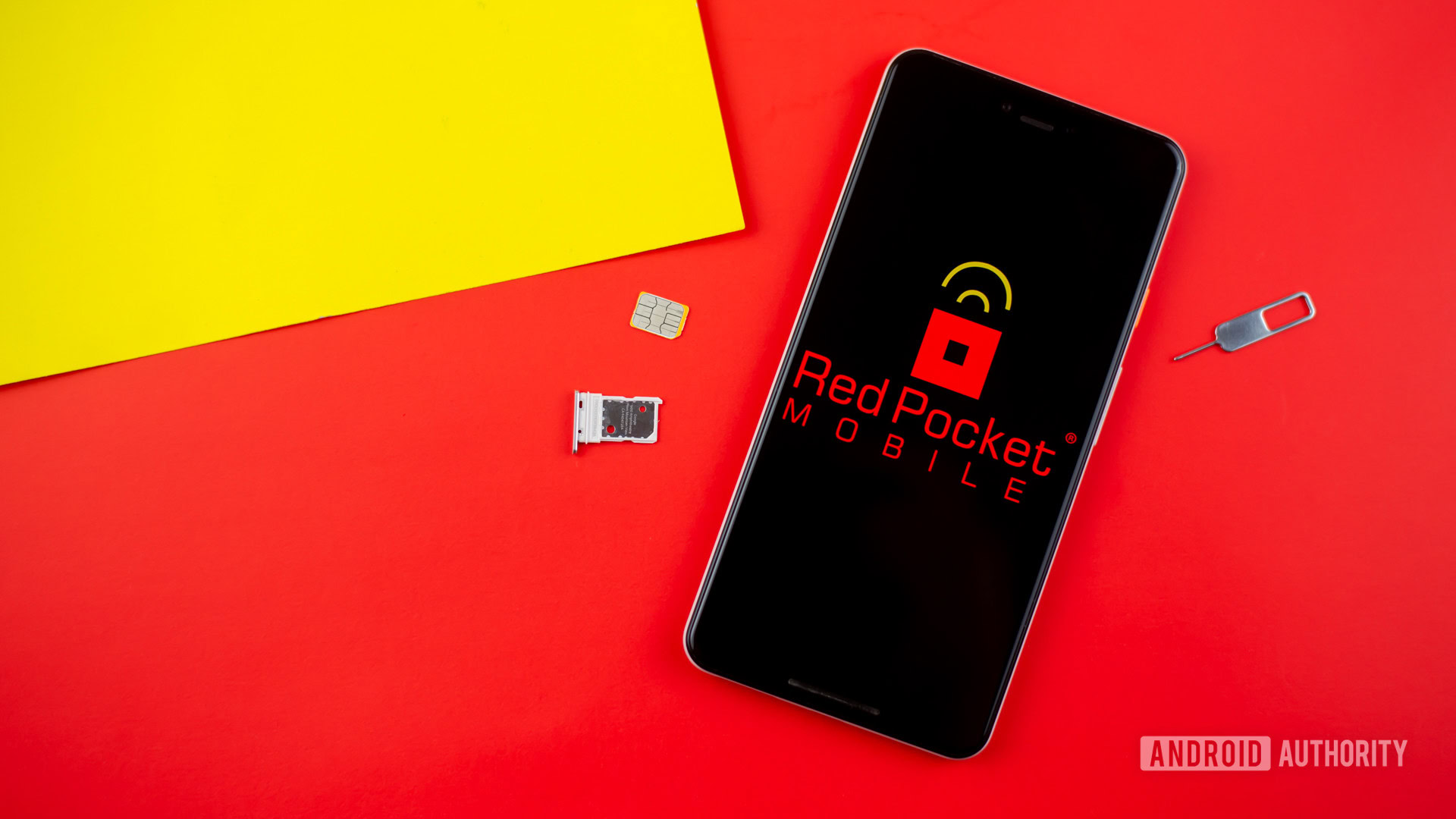
While the Big Three are often your best bets for nationwide coverage, there are a few MVNOs worth considering for rural service too. Many smaller networks stick to service from one of Verizon, AT&T, or T-Mobile, but not all of them. We’ve chosen to focus on the MVNOs that combine the best of multiple carriers. Here are just a few of our favorites:
Google Fi
No matter where you live, Google Fi probably has you covered. The backbone of its service is the massive T-Mobile network, but it’s supported by US Cellular for roaming, making it one of the best rural carriers around.
Google Fi offers two unlimited plans and a flexible plan, so you can save even more money if you stick to a strict usage plan. It’s also a great pick if you plan to go abroad, as the unlimited plan includes texts and data while you roam.
Highlights:
- Seamlessly switch between networks.
- Save money with a flexible plan.
Best For:
- Users who want the best of multiple networks and plan to go abroad.
Ting
Ting relies on T-Mobile for coverage. However, you’ll have to select one or the other when you sign up for a plan. On the bright side, Ting is probably the way to go if you’re keeping your usage low — you can get a Set 5 or Set 12 plan with 5GB or 12GB of data for up to $35 per month.
It may be best to bring your own phone to Ting, especially if you have a flagship device in your pocket. You can always check out the carrier’s list of budget-friendly devices and save some money that way.
Highlights:
- As little as $25 per line for monthly access.
- Pay as you go for talk, text, and data.
Best for:
- Users who keep their talk, text, and data low and want to pay accordingly.
Red Pocket
The last rural carrier on today’s list is Red Pocket, and it follows a similar carrier model as Ting. When you sign up for a plan, you’ll select a SIM card from any one of the Big Three. That means you should have no problem grabbing whichever carrier offers the best service near you. Just be careful while you sign up, as some networks offer lower data caps than others.
If you’re planning to purchase a phone on Red Pocket, iPhones are your only option. You can grab any device from the iPhone 13 family, though you may be better off bringing a device of your own. If you really want an Android device, Red Pocket offers the Samsung Galaxy S10 and S20 series.
Highlights:
- Choose from any of the Big Three carriers.
- Different carriers offer different data caps.
Best for:
- Subscribers who want to choose the best network but pay a constant rate for service.